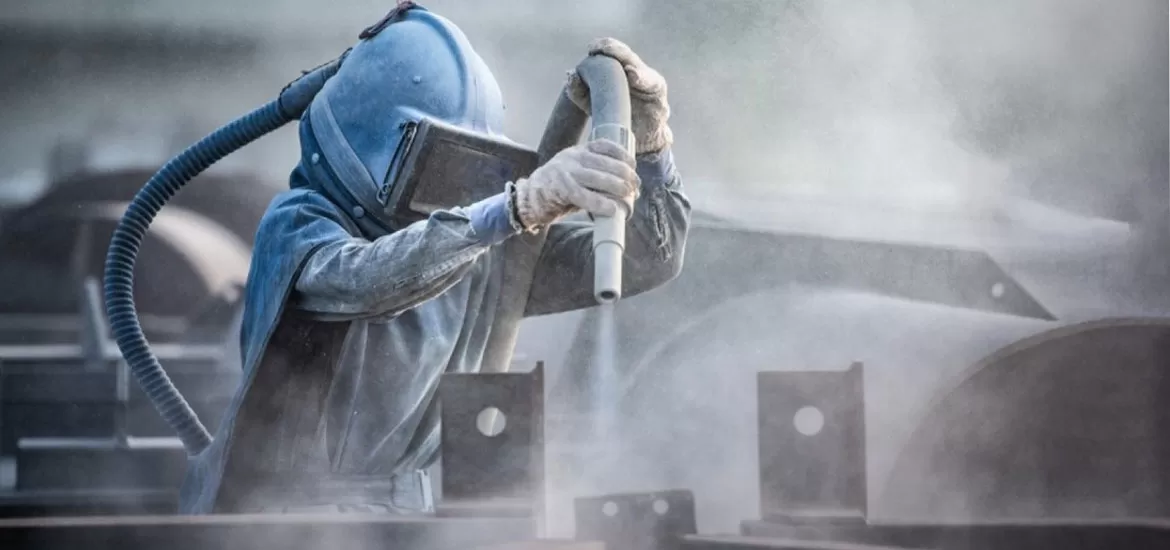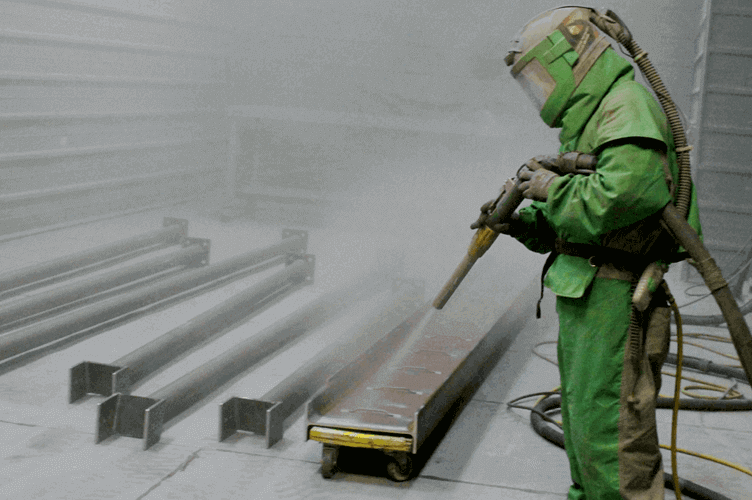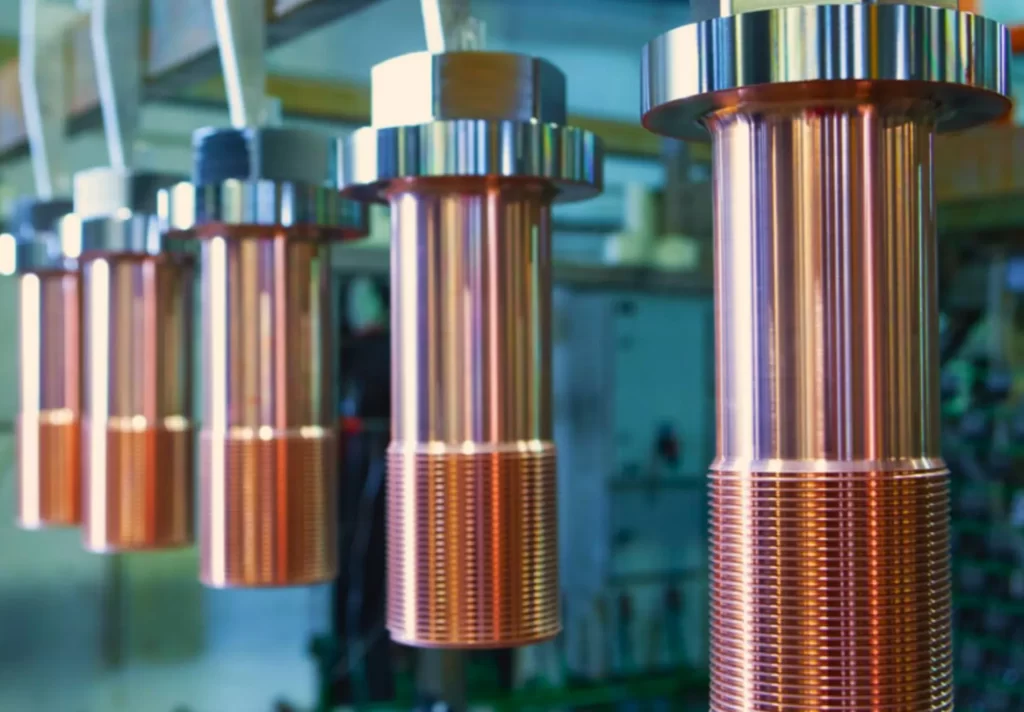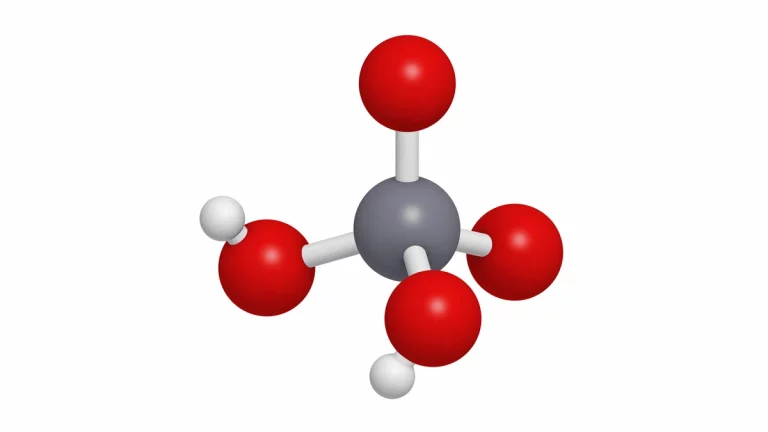Electroplating is a core process in surface treatment, used across automotive, electronics, and hardware industries. However, even the most well-designed plating line can fail if common mistakes are not identified and corrected early.
In this article, we’ll explore 7 frequent issues in plating operations—based on real industry cases—and share practical ways to avoid them.

Why Plating Line Precision Matters
A single mistake in the plating process can lead to:
- Product rejection
- Corrosion failure
- Increased rework and cost
- Regulatory non-compliance
At PT Jasco Chemicals Indonesia, we work closely with manufacturers to identify and resolve these challenges efficiently.
1. Poor Surface Preparation
The Mistake
Skipping or rushing the cleaning and degreasing stage leaves oil, dust, or oxide on the surface—leading to poor adhesion or patchy coating.
How to Avoid
- Use the right degreaser for the metal type
- Perform a water break test before plating
- Always rinse with demineralized water
2. Inconsistent Chemical Concentrations
The Mistake
Plating baths that are not monitored regularly tend to drift in concentration, pH, or metal content—affecting layer thickness and color.
How to Avoid
- Set up a daily or weekly analysis routine
- Use AAS or titration for accurate measurements
- Automate chemical replenishment if possible
3. Incorrect Temperature Control
The Mistake
Each plating solution has an ideal temperature range. Overheating or cooling can lead to pitting, dull finish, or incomplete reactions.
How to Avoid
- Calibrate sensors regularly
- Maintain heat distribution across the tank
- Log temperature per shift
4. Inadequate Agitation or Circulation
The Mistake
Stagnant solutions lead to poor metal ion distribution, uneven plating, or even sludge buildup at the bottom.
How to Avoid
- Install mechanical agitation or air sparging
- Clean tank bottoms regularly
- For high-precision jobs, use electrolyte circulation
5. Overloading or Crowding the Rack
The Mistake
Placing too many parts per rack limits plating uniformity. Shielding effects may cause thin or unplated areas.
How to Avoid
- Use a proper racking layout
- Maintain spacing between parts
- Rotate rack usage for even wear
6. Improper Current Density Settings
The Mistake
Current that’s too high causes burning or peeling. Too low results in dull, weak coatings.
How to Avoid
- Use ampere-hour meters
- Adjust settings based on surface area
- Monitor visual changes during pilot runs
7. Neglecting Bath Maintenance and Filtration
The Mistake
Metal drag-in, particles, or organic contaminants reduce bath life and affect quality.
How to Avoid
- Set bath maintenance schedules
- Use inline filtration systems
- Replace filters based on usage rate, not time
Bonus Tip: Keep Records & Train Operators
One of the most overlooked aspects is documentation and training. Without logs and SOPs, it’s difficult to trace back issues.
✔️ Train operators regularly
✔️ Document every test, correction, and adjustment
✔️ Standardize troubleshooting protocols
Final Thoughts
Electroplating success isn’t just about the chemicals—it’s about the system, consistency, and people behind the process.
By avoiding these 7 mistakes, manufacturers can:
- Reduce rejection rates
- Improve coating reliability
- Lower operating costs
- Stay compliant with industry standards
Need Help Troubleshooting Your Plating Line?
Our experts at PT Jasco Chemicals Indonesia are ready to help—from bath analysis to operator training.
👉 Contact Us Now




